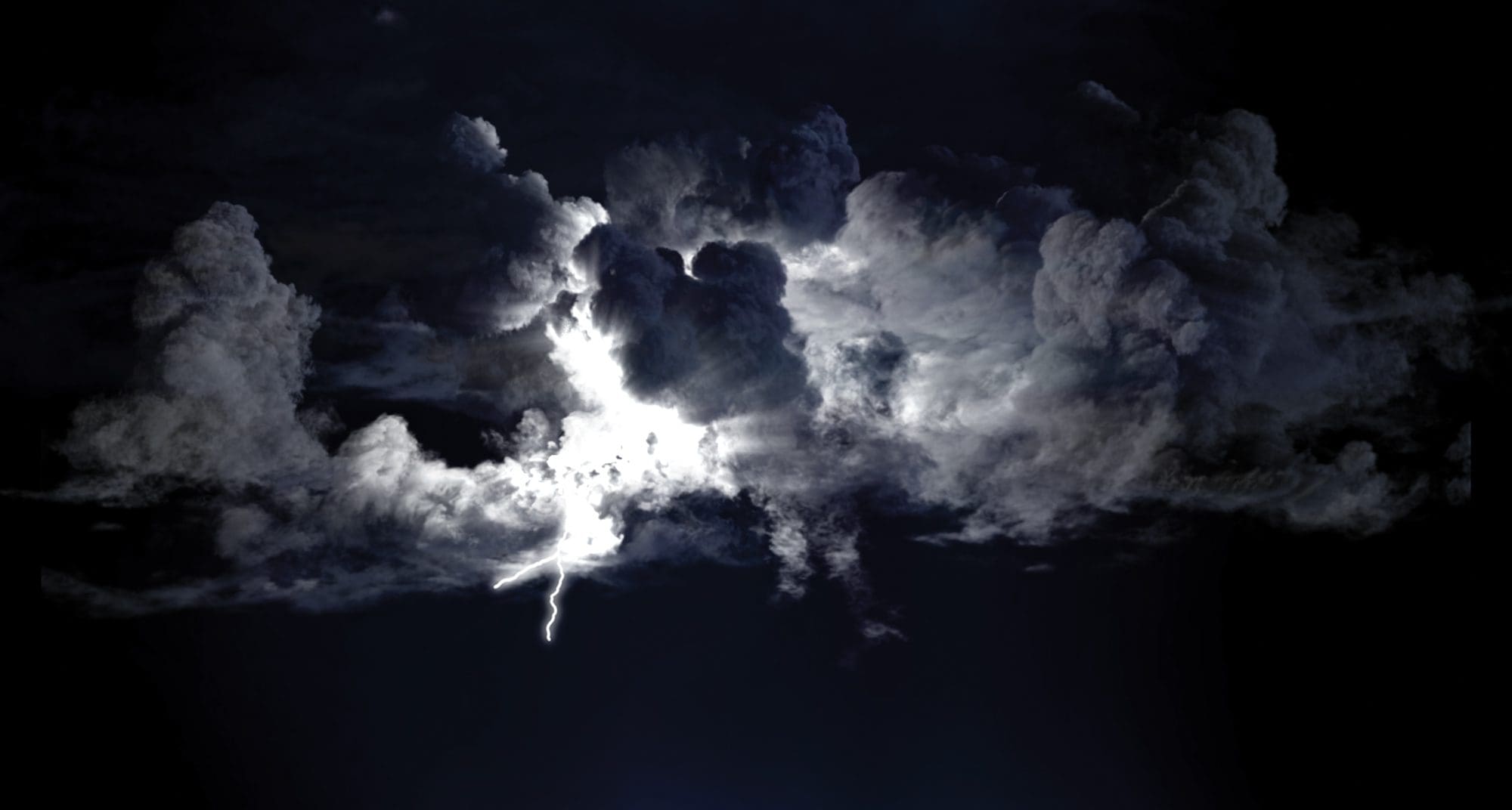
Finding New Spaces Together
‘Vádye Eshgh (The Valley of Love)’ is a collaboration between Second Generation Collective and Abdul-Rahman Abdullah weaving through themes of beauty, diversity and the rebuilding of identity.



Once upon a time, the archive was quiet; an array of shelves housing documents sorted into discrete and labelled boxes. While The Mulka Project was founded in 2007 to “sustain Yolŋu cultural knowledge”, its archival function has been characterised and extended by digital media, video and moving image— making it a busy, popular place, at the centre of its community in Yirrkala, North East Arnhem Land. A collective of practising multimedia artists, The Mulka Project looks to the past while capturing and engaging the present. This simultaneous archival and forward-looking process is at the innovative heart for which the Collective, that’s part of the Buku-Larrnggay Mulka Indigenous Art Centre, is known.
While creating artworks as a collective, the group is ultimately centered on collecting and producing cultural recordings for intergenerational sharing, alongside caring for iconic cultural objects— but they’ve recently segued into the digital realm for their archives and inspiration. As Buku-Larrnggay coordinator Will Stubbs explains, it’s now “a whole new toolset of artistic practice. The way things are being documented now sees film experience and digital knowledge naturally carried across into art practice. Art is everything here. The tools being used to document culture see the lines blurred between art and documentation.”
Mulka means “a sacred but public ceremony, and to hold or protect”, with the current creative director Ishmael Marika describing its aim to “bring knowledge of the past to the present, to preserve it for future generations and to understand what meaning it has in the present day and age”. Its successes are many, with a long list of art, music and film awards, as well as inclusion in high profile exhibitions like the 22nd Biennale of Sydney: NIRIN in 2020, and Tarnanthi Festival in 2017 and 2019. Many of the Mulka team are individual art award winners themselves, including Gutiŋarra Yunupingu, whose video work Gurruṯu’mi Mala – my connections took out the Telstra National Aboriginal and Torres Strait Islander Art Multimedia Award (NATSIAA) in 2019. And the recently deceased Mr Waṉambi, who was the cultural director of the Mulka Project from 2007 until 2022, and an incredible artist in many media. He won the NATSIAA 3D Award in 2018 for his film Destiny.

With its growing profile and art world successes, Stubbs observes how The Mulka Project is now a staple of the arts centre. “It was set up to serve a purpose but has developed well beyond that role,” he explains. “It is still used as the place to go for ceremony—we have hundreds and hundreds of hours of ceremony. And there is a space here, Yalu (bird’s nest) which has 10 iMacs which default to the archive. It’s the main place people go for banking and Facebook, but 90% of the time, people are going through the archive. After school it is pumping with kids, watching archival films. It is very much the media of the community, delivered like Netflix to the Yolŋu; broadcasting the archive. You can’t overestimate watching films in Yolŋu language about you, your culture, your language and your life. It is epic.”
The Mulka Project is now heading to the National Gallery of Australia for the 2023 Enlighten Festival with a commissioned sound-based projection featured on the building’s 60-metre façade. Titled Djarraṯawun, the piece refers to the movements of natural light over the diurnal cycle, and portrays elemental forces in an immersive projection.
Centred on the elements of walu (sunlight), makarran (lightning), and gurtha (fire), the projection will include an atmospheric soundscape of songlines— the Aboriginal walking routes that are sung to the landscape—performed by senior Elders. These are layered with archival recordings mixed by Mulka studio engineer, Arian Pearson. The projection’s visual elements include composite video drawn from new footage and imagery, which is layered with 3D animation developed by the Mulka team.
The narrative begins with a campfire at sunrise over the northern coastline. The sounds of the sea meld with Yolŋu voices, as the images scan over people gathering oysters before the vista expands to include men with spears wandering in the distance, calling for stingray, mud crabs and fish. The gathered food is placed on the fire and begins to cook with rising smoke obscuring the sunset and engulfing the façade of the NGA, before it transforms into storm clouds (warumuk wangupini). The moon rises to illuminate the clouds, which roll across the building as lightning begins to strike. The songlines of thunder man Bunuwal emerge from the soundscape as the lightning builds, finally striking a column of the building with a flash—and then the singing stops. Sparks stimulate a grass fire that begins at the base of the column to spread into gadayka (stringy bark forest). Children’s voices emerge to sing to the fire as it runs across the building and finally peters out, with a solitary campfire burning as the sun rises, completing the cycle.
Marika explains that sharing Yolŋu songlines, narratives and culture allows global longevity. In March 2022 he told the ABC that “songlines [have] been carried from the ancestors, been passed on to great-great-grandfathers to, you know, grandfathers, to fathers and to us. We want more of my clan and our tribes to show themselves to the world.”
This pride is palpable in the Yirrkala community. The artist Mr Waṉambi told me in 2018, “For Aboriginal art, I like them [the audience] to understand that art has been continued for many years and is real; not play.” The opportunity to experience a slice of this reality in Canberra, which has been created from a remote place that few may otherwise experience, makes Djarraṯawun even more compelling.
The Mulka Project: Djarratawun
National Gallery of Australia (Canberra ACT)
3 March—19 March
This article was originally published in the March/April 2023 print edition of Art Guide Australia.